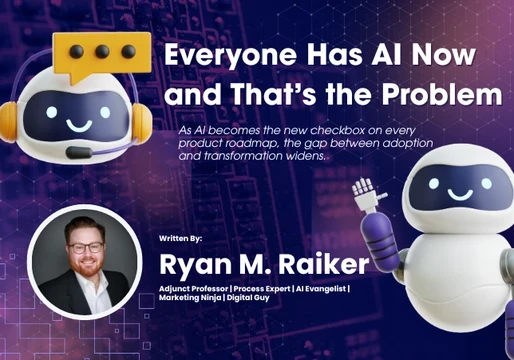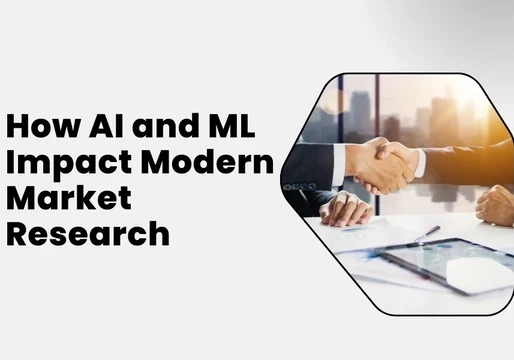In the enterprise, natural language processing (NLP) is becoming increasingly relevant. In fact, Michele Goetz, Principal Analyst predicts that the concert of technologies that AI represents, such as NLP, will “lay the foundation to combine with other emerging technologies."

NLP and voice adoption rises
More companies are now employing NLP in a variety of forms in order to increase productivity. Market intelligence company Tractica predicts that global software, hardware, and services spending on NLP will reach $43.3 billion by 2025. Gartner's report "Augmented Analytics Is the Future of Data and Analytics" also highlights the importance of NLP. The firm predicts that by 2021, NLP will boost analytics and BI adoption from 32% of employees to over 50%. The report also expects NLP or voice to generate 50% of analytical search queries by 2020. Another forecast indicates that the global voice recognition market could reach $18.3 billion within the next five years. However, one of the most effective uses of NLP is in enterprise customer service chatbots. By automating this process, companies can benefit from increased levels of customer engagement and streamlined operations.
The importance of chatbots
A study by IBM has found that businesses spend $1.3 trillion on 265 billion customer service calls each year. However, the report found that chatbots could help to reduce customer service costs by up to 30%. Chatbots enable businesses to save on customer service costs by "speeding up response times, freeing up agents for more challenging work." By employing a chatbot to answer up to 80% of routine questions, human operators can focus on more complex and urgent matters. Spitch is one of the innovative companies currently offering contact centre team members driven by voice. Through automating the team with virtual operators, companies can benefit from fewer costs and increased sales. The company also offers a quality assurance supervisor, which oversees the call operators' work, and performs NPS and customer satisfaction measurements. Moreover, the agent employs emotion detection and sentiment analysis either in real-time or retrospectively. Alongside this, Spitch offers a security officer which is responsible for telecoms security and fraud prevention. By using voice biometrics to deliver customer identification and continuous verification, the agent can easily detect fraudsters.
Want to learn more? Take a look at the Top 10 chatbots revolutionising customer service or 3 areas where AI will drive your contact centre performance by Dr. David Naylor







Comments ( 0 )